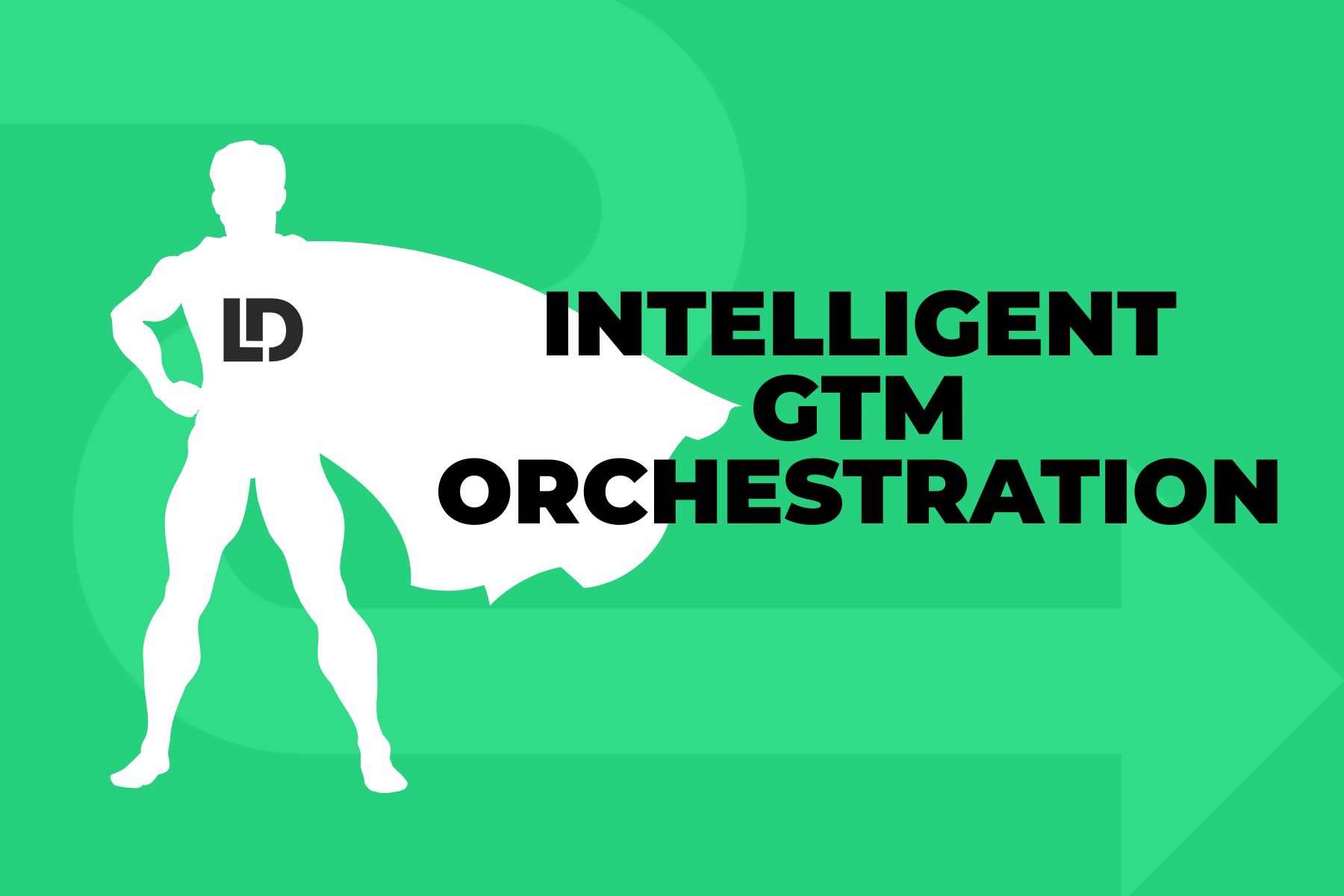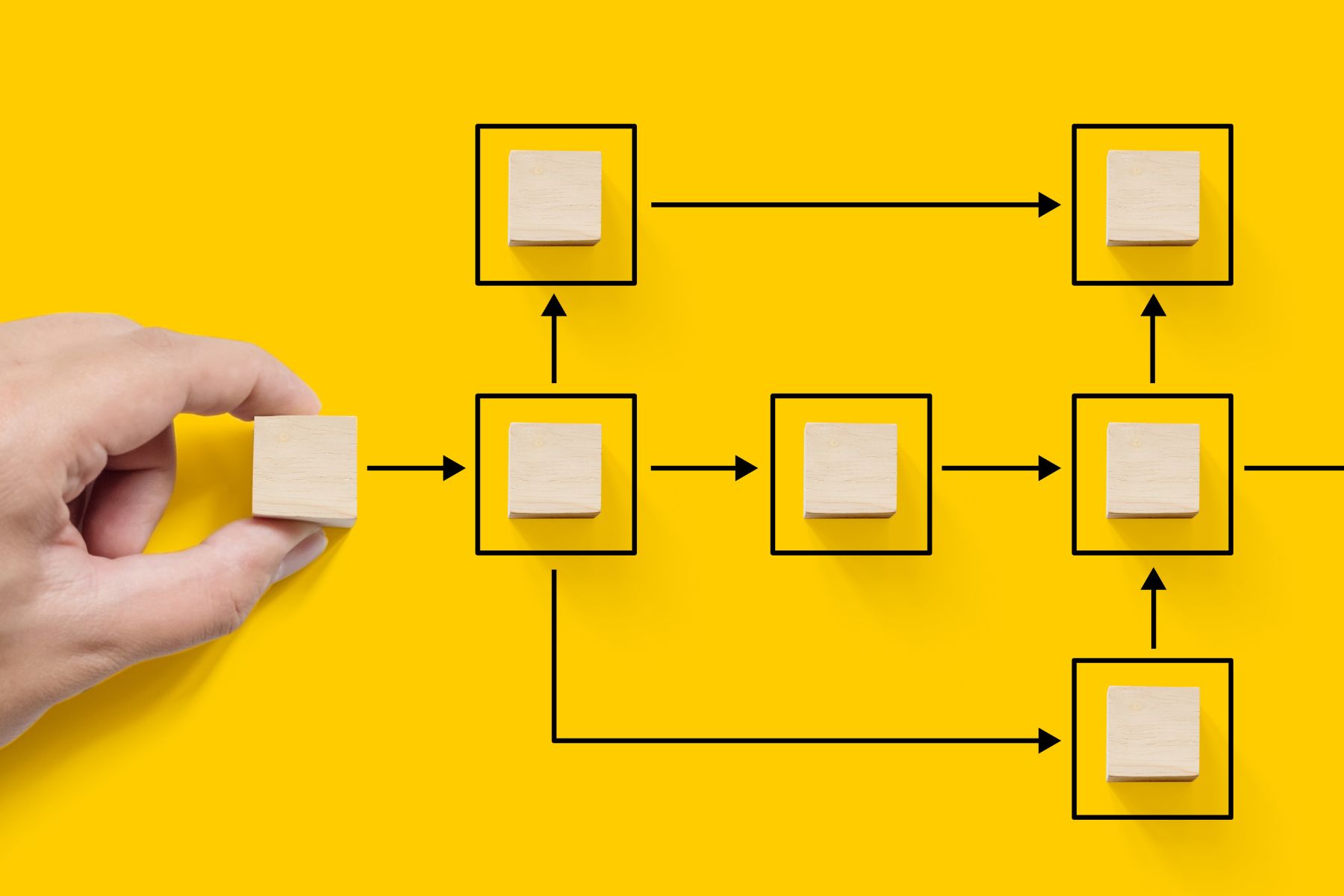When operational problems pop up in the B2B sales funnel, go-to-market (GTM) orchestration platforms are almost always the cure.
They’re that powerful.
GTM orchestration is a strategic, integrated approach that coordinates all marketing, sales, and customer success activities across the entire buying journey.
Done right, GTM orchestration can streamline processes, automate manual tasks, create a better customer experience, and much more. It’s the elixir for all kinds of issues.
Here are eight problems B2B sales organizations can solve with GTM orchestration:
#1 Fragmented Sales & Marketing Processes
When B2B sales and marketing teams operate in silos, they work independently of each other, leading to inefficiencies and missed opportunities.
Here are a few examples:
- Marketing focuses on a high volume of Leads. Sales focuses on closing deals. Marketing hits their MQL goals, the majority of which never convert to Opportunities for the sales team.
- Marketing hands off Leads to the sales team without adequate qualification. Sales loses trust in these Leads and ignores them. Marketing efforts are wasted.
Siloed sales and marketing teams create five all-too-familiar problems:
- Misaligned goals and metrics
- Inconsistent messaging and customer experiences
- Lack of shared information
- Poor lead management processes
- Lack of coordinated campaigns and outreach
Intelligent GTM Orchestration Eliminates Sales and Marketing Silos
Intelligent GTM Orchestration tools enable a continuous flow of information between sales and marketing. These tools can predict customer behaviors, identify sales Opportunities, and optimize marketing campaigns.
These capabilities support better decision-making.
Using GTM orchestration, teams will receive real-time feedback on lead quality and campaign performance. As a result, teams learn from the same data and refine their strategies to maximize ROI and support sales goals.
#2 Inefficient Lead Management
Problems with lead management run the gamut from record duplication to lost leads to uneven lead distribution. But how would you even know these lead malfunctions are happening?
You’ll know lead management processes are breaking down when:
- Leads have inaccurate or incomplete data.
- Leads are assigned to inactive users in your CRM.
- Leads get stuck sitting in queues.
- Leads are assigned to employees on vacation or on other personal leave.
GTM orchestration tools automate and optimize lead management processes like:
- Lead-to-account matching
- Lead routing
- Lead assignment
- Lead auditing
- Auto-converting Leads to Contacts
As businesses grow, managing the increasing volume of customer data and interactions often becomes overwhelming. GTM orchestration tools scale processes and workflows, accommodating growth without compromising on service quality or operational efficiency.

#3 Lack of Data Integrations
When revenue teams suffer from a lack of data integrations, a unified view of customer and prospect interactions becomes nearly impossible.
For example, imagine that marketing collects data on customer engagement but keeps the data in their own analytics tools and reports. At the same time, sales gathers insights from interactions with prospects but records this in a separate CRM that marketing doesn’t access.
Both teams have valuable insights, but since the data is not shared, strategies are less effective. Plus, the teams are missing opportunities for cross-selling, upselling, and personalized customer experiences.
Intelligent GTM Orchestration tools can automate data management across multiple sources, such as CRM systems, marketing automation platforms, and customer support communications.
Armed with a single source of truth, both sales and marketing can now access and act on the same information. This unified data visibility ensures that:
- Marketing understands which types of leads convert best, helping them tailor their campaigns to generate higher-quality leads.
- Sales can see the complete history of a prospect’s interactions with marketing materials, allowing for more personalized and informed sales pitches.
#4 Misalignment Between Sales & Customer Success
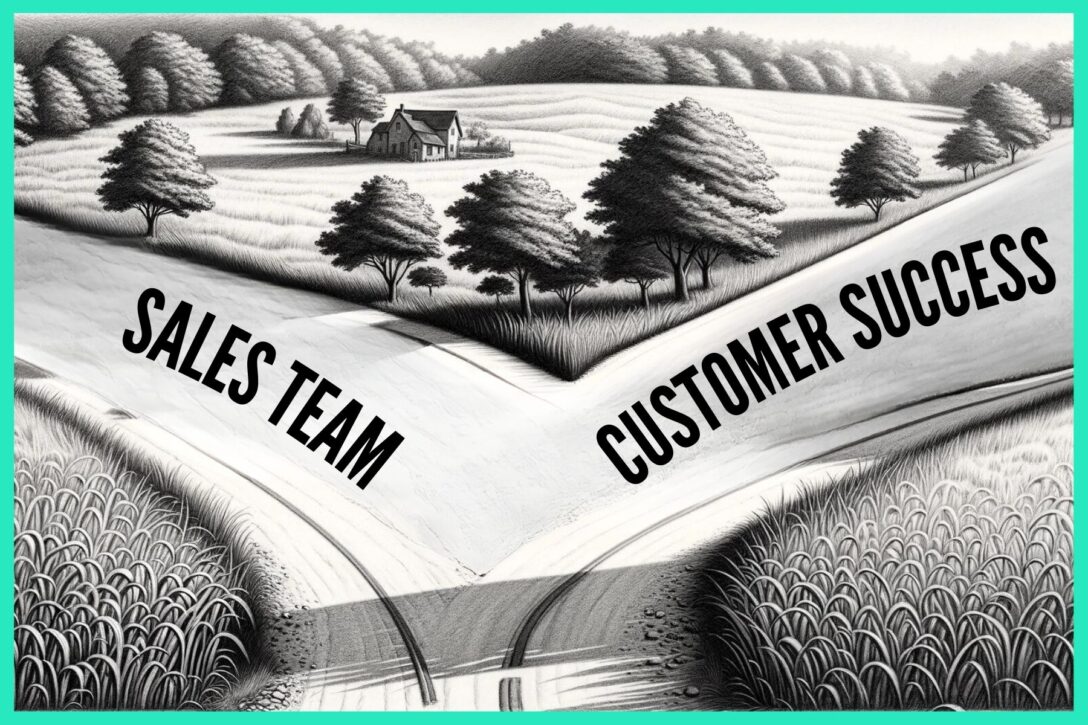
Customer dissatisfaction can come at any point of the sales cycle, even after the sale itself is closed.
Post-sales processes often operate independently of the sales cycle. Even if a customer had a good experience, the misalignment between sales and customer success may still lead to friction.
Once again, GTM orchestration saves the day (and the relationship).
Focus on the Entire Customer Lifecycle
Instead of focusing solely on individual phases of the customer journey, GTM orchestration takes a holistic view of the entire lifecycle, from initial awareness and acquisition through to retention and expansion.
This approach ensures that every interaction with the customer is designed to enhance satisfaction and maximize lifetime value.
GTM orchestration creates seamless handoffs during the entire customer journey.
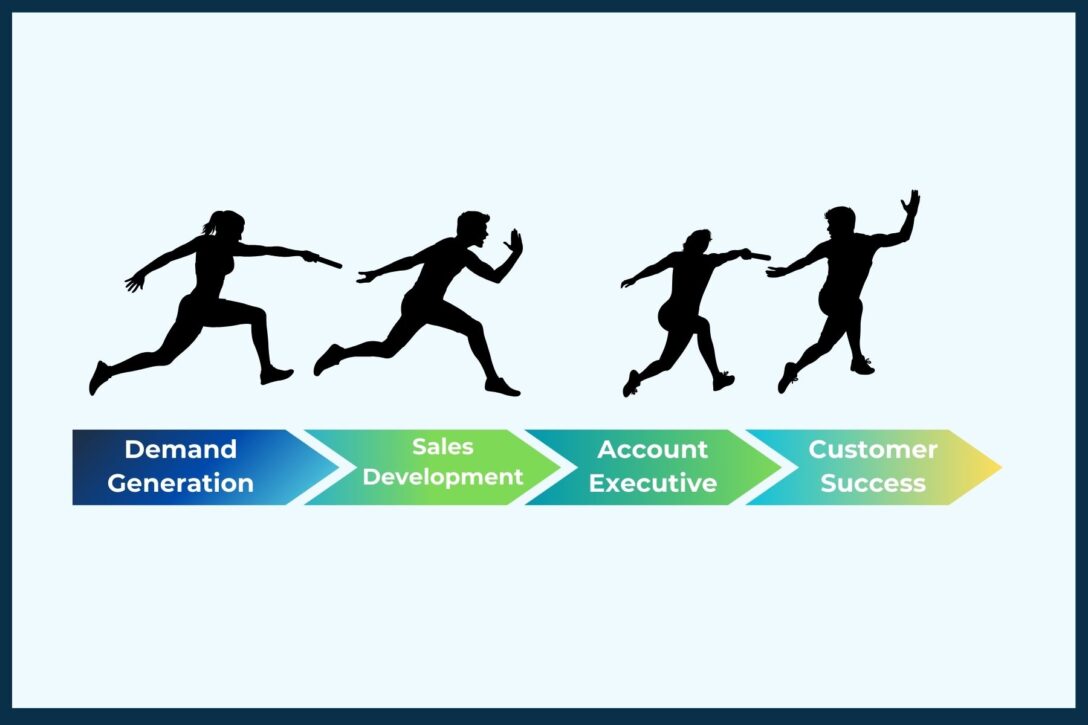
#5 Bloated Tech Stack
While building a vast tech stack seems like a good idea, it can actually lead to complications.
It turns out more tech doesn’t always equate to higher productivity, faster processes, or increased revenue. And often, too many applications contribute to a bloated tech stack full of overlapping features and expensive “shelfware.”
Plus, do you really want to manage one more tool in your tech stack?
Not to mention deal with…
👎 Another contract negotiation
👎 Another implementation
👎 Another customer support team
While cutting tools in your tech stack may be one answer to budget constraints, another alternative to consolidation is to create a more efficient tech stack.
GTM orchestration tools support workflows that run between multiple systems. For example, orchestration tools that are Salesforce-native connect the dots between tools that may not integrate together, but separately, integrate with Salesforce.
Revenue teams are increasingly tasked with reducing tech bloat and spend.
So, creating an efficient tech stack comes from finding the right combination of tools. Figure out what sort of integrations are available and orchestrate your revenue processes, adding point solutions as needed.
#6 Ineffective Communication
Poor internal communication between sales, marketing, and customer success teams, significantly impacts pipeline generation.
When marketing and sales teams do not communicate effectively, there’s a disconnect in understanding what constitutes a qualified lead.
In addition, each team might communicate different messages to the same prospects due to a lack of coordinated messaging strategies.
GTM orchestration tools enhance communication through workflow automation. For example, they can automatically notify sales when a high-value lead engages with a marketing campaign, or alert marketing when a prospect mentions a new pain point during a sales call.
GTM orchestration also ensures that:
- Important information is promptly shared, reducing delays that can affect customer engagement.
- Teams can trigger actions from each other, such as requesting follow-up tasks or sharing insights that help refine strategies.
- SLAs are enforced and customers receive a timely response with the appropriate context
#7 Inefficient Meeting Scheduling
Today’s B2B buyers don’t want to make appointments via email exchanges and definitely not over the phone.
Likewise, your Sales team, Account Managers, Professional Services, and others have better revenue-generating tasks to do than participate in the back-and-forth ping pong of meeting scheduling.
Appointment scheduling software, an essential component of GTM orchestration, eliminates the tiresome back-and-forth of emails, phone calls and voicemails in trying to book a meeting. Plus, it allows people to book a meeting when it’s convenient for them.
Best-in-class scheduling software includes GTM orchestration features like account matching, de-duping, Round Robin assignment, lead qualification, group booking, and many other functionalities.
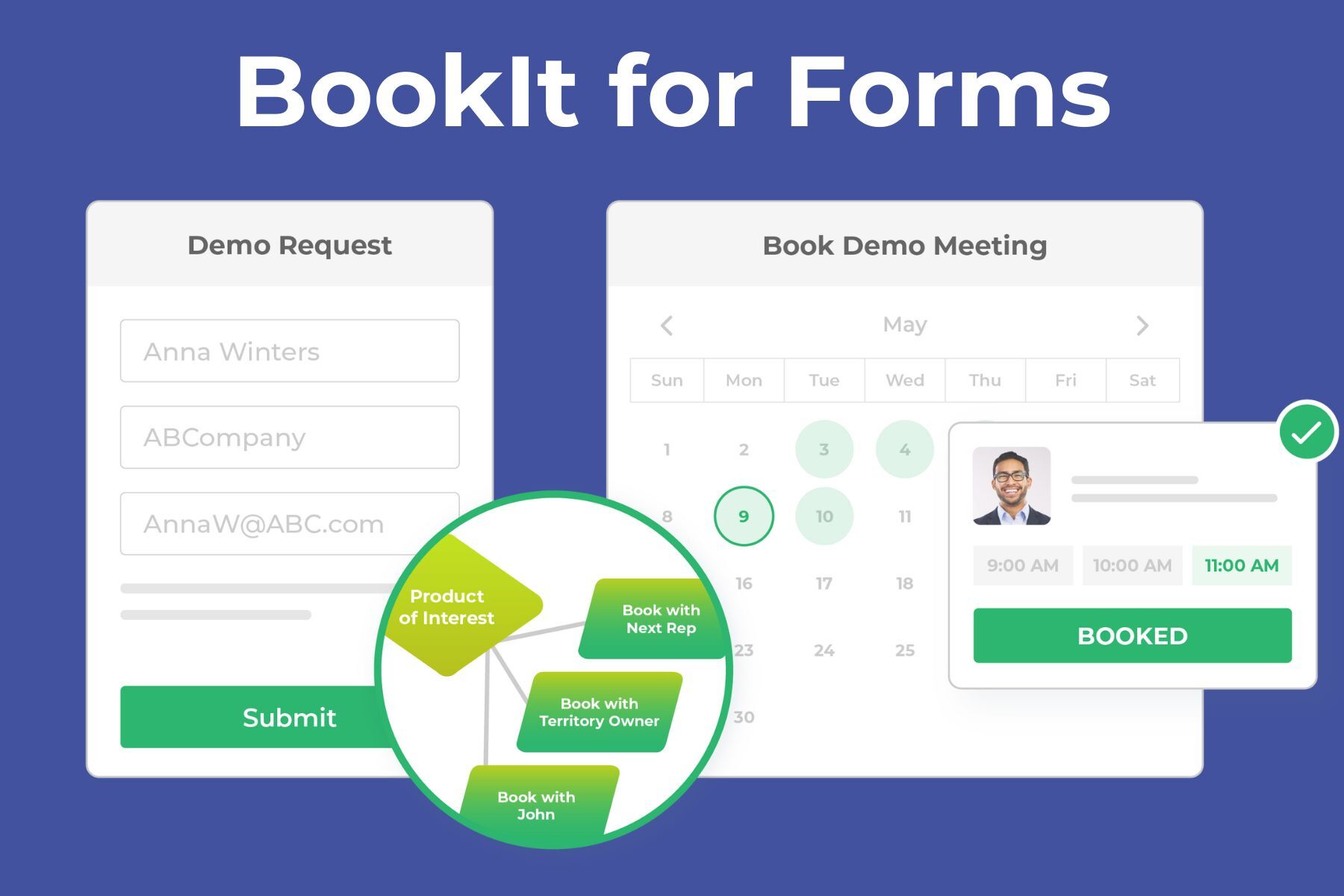
#8 Time-Consuming Manual & Repetitive Tasks
A major component of GTM orchestration is the automation of repetitive and manual tasks across the revenue cycle. This can include lead scoring, segmentation, campaign execution, follow-ups, and other routine tasks.
So whether it’s adding a Contact to an Opportunity, merging a duplicate Lead, uploading Leads from an event list, or simply troubleshooting lead assignment errors, manual tasks slow down sales and marketing processes.
GTM orchestration helps reduce human error, frees up team members to focus on more strategic activities, and accelerates the pace at which companies can operate.
Using orchestration tools, the following companies noticed a significant reduction of manual tasks:
- Alation: 25-30 hours of manual work saved per week from troubleshooting leads that were routed incorrectly due to enrichment data errors
- Rebuy: 8 hours per week per BDR freed from manual data entry, now spent on prospecting and qualifying leads
- Zuora: The ability to make changes to routing and territories increased from once a month to daily, as needed
Reduce Common B2B Sales Issues With GTM Orchestration
Today’s sellers need to orchestrate engagement with buyers throughout their buying journey while optimizing internal processes. As a result, yesterday’s bloated tech stack full of point solutions that don’t work together is no longer an option.
GTM orchestration provides one place to manage core selling activities. In fact, Forrester calls orchestration platforms the new “supergroup” for revenue technology.
Investigate what’s new with the LeanData Intelligent GTM Orchestration platform today.







